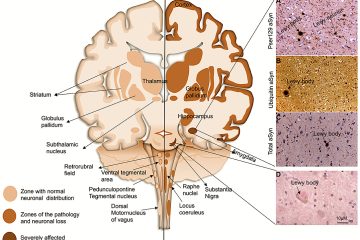The Importance of Stem Cell Donation in Modern Medicine

Introduction: A Lifesaving Procedure
Stem cell donation is an increasingly important topic in the field of modern medicine, playing a crucial role in treating various life-threatening conditions such as leukaemia, lymphoma, and other blood disorders. As our understanding of stem cell therapy evolves, the need for donors continues to grow. This article aims to shed light on the importance of stem cell donation and its relevance in contemporary healthcare.
What is Stem Cell Donation?
Stem cell donation involves collecting stem cells, which are undifferentiated cells capable of developing into various cell types in the body. These cells are primarily harvested from bone marrow, peripheral blood, or umbilical cord blood. When a patient requires a stem cell transplant, they often rely on a healthy donor who matches their genetic makeup. Such transplants can restore blood cell production, aiding recovery from severe illnesses.
Recent Developments and Recognitions
In recent years, several initiatives and campaigns have highlighted the need for more stem cell donors. In the UK, organisations such as Anthony Nolan and the British Bone Marrow Register have continuously registered potential donors while seeking to increase awareness regarding the donation process. In 2022, the government announced a partnership aimed at expanding the donor pool, particularly focusing on underrepresented ethnic communities, which are crucial for diverse matching.
The Procedure and Its Impact
The donation process generally involves two methods: peripheral blood stem cell (PBSC) donation and bone marrow donation. PBSC donation is a non-surgical procedure; a donor’s blood is drawn, and stem cells are collected through a machine. Bone marrow donation, however, can be performed under anaesthesia and requires a more invasive procedure. Both methods are safe and have minimal recovery times for the donor. On a larger scale, successful stem cell transplants can lead to significant improvements in patient survival and quality of life, highlighting the profound impact of individual contributions.
Conclusion: The Need for Donors
As the technology and methods surrounding stem cell therapy advance, the role of donors remains critical. Despite the potential for modern medicine, a substantial gap still exists between the number of patients needing transplants and the available donors. Initiatives aimed at engaging the public and encouraging more people, especially from diverse backgrounds, to consider becoming stem cell donors are essential. Encouraging a culture of donation can save lives and improve health outcomes across the globe, making every potential donor’s contribution invaluable.








